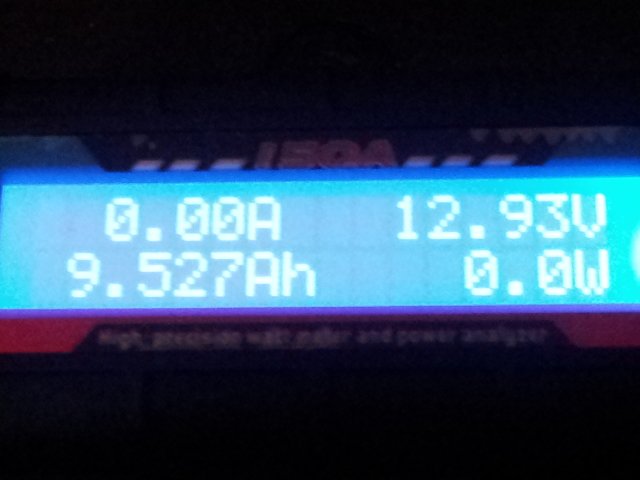- Joined
- Sep 4, 2014
- Messages
- 8,938
- Reaction score
- 6,789
davent said:If you were at a camp, and ran your fridge all day while you were away from. Your camp, can you leave a solar panel hooked up to it and charge while it while it is being used?
Yes Dave and once it is full the fridge will run on the excess the panel produces,
Same as when you are driving, Plug the fridge in to the Rover or PLB and plug the Rover or PLB in to the Cars Ciggy Socket and then the Power pack will always stay at 100% and when the car is parked If the Car socket is Live all the Time the fridge will run off Both the Rover or PLB and the Car Battery at the same time so the lithium pack will stay at 100% for a heck of a long time,
Beacuse in effect say you have a 100Ah Battery in the car Plus the PLB = 40Ah you now have 90Ah just for the Fridge with 50Ah from the Cars battery plus the PLBs 40Ah., Thats a lot of power.
Taking the Car battery down to 50% is 50Ah and taking the PLB down to 80% = 32Ah thats 82Ah although the PLB can go Lower as can the Car battery but just going to the recommended % gives you 82Ah that depending on the Fridge Draw say 0.75Ah will run the fridge for 109+ Hours or over 4 and a half days, But just the PLB/Rover with a panel hooked up to the PLB throughout the day the PLB will last for ever using between 10 to 25% of the power at Night and being fully charged in an hour or so in the morning.
Remembering the Panel can produce say 6Ah per hour but the fridge is only using 0.5 to 1.0Ah.





